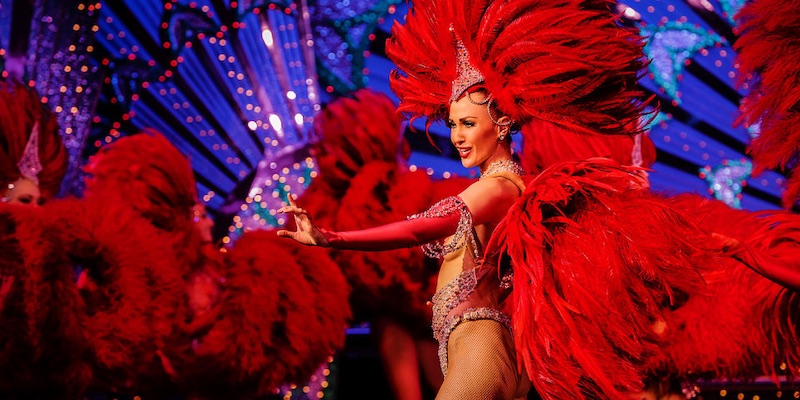Uncover the Secrets of the Moulin Rouge – 10 Surprising Facts
The Moulin Rouge is more than just a symbol of Parisian nightlife — it's a legendary cabaret with a rich and colorful history. Opened in 1889, this iconic venue in Montmartre has hosted some of the most dazzling performances in Paris, and is the birthplace of the famous Can-Can dance. But beyond the glitz and glamour, the Moulin Rouge holds many surprising secrets. From its early days as a meeting place for artists like Toulouse-Lautrec to its influence on pop culture today, these 10 surprising facts will give you an insider's look into the world's most famous cabaret. Prepare to be amazed!
![]()
Nighttime in Paris
|
VIP Dinner Cruise with Bateaux Parisiens |
Dinner & Cabaret at the Moulin Rouge |
|
Dinner & Cabaret at the Moulin Rouge |
The Best Ways to Visit Moulin Rouge
The Moulin Rouge is the world's most famous cabaret… and the most popular. SO, you're going to want to plan your visit in advance. Don't worry, though, we've already done the work for you in our curated list of the the best ways to see the hottest show in town. This legendary venue is a must-visit for anyone seeking a night of vibrant entertainment, blending glamour, history, and the timeless allure of Parisian nightlife.
10 Surprising Facts About Moulin Rouge
![]()
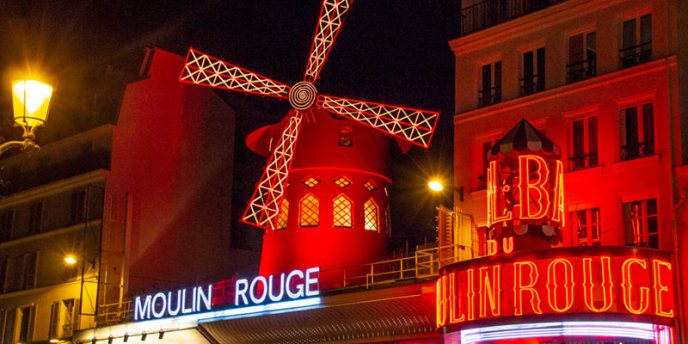
1. The Moulin Rouge is a Family Business
Current CEO Jean-Jacques Clerico's grandfather bought it in 1955, the year Jean-Jacques was born. After studying economics, Jean-Jacques was lured into the family show business with the aim of updating the revue. He traveled the world seeking inspiration from top shows in Las Vegas, including the Cirque du Soleil.
2. The French Also Love It
Although we think of Moulin Rouge as a tourist magnet, in fact, about fifty percent of the audience is from France.
![]()
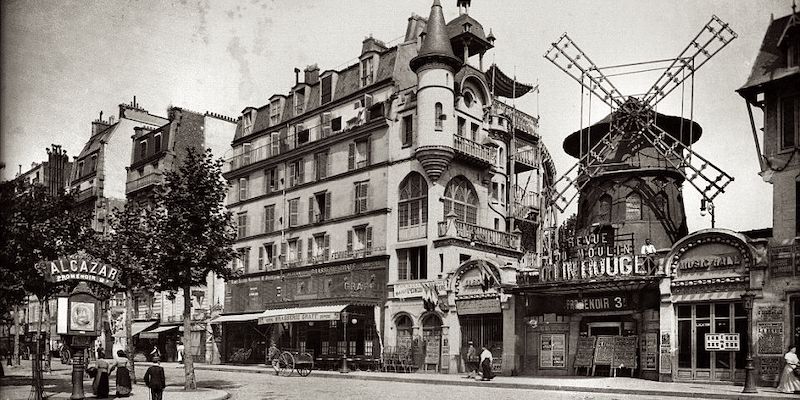
3. It's Been A Rocky Road
Moulin Rouge has had its ups and downs since it opened in 1889. In 1906, French writer Colette performed with the Marquise de Morny, ending with the two women holding a long kiss. The next day the Chief of Police threatened to close the show if it was performed again.
In 1915, the famous red mill was almost destroyed by fire. In 1997, the Moulin Rouge was near bankruptcy. The Clerico family raised €8 million and relaunched the Belle Époque cabaret with a new show called Féerie. When the show opened in 1999, the crowds returned in record numbers. The lavish extravaganza features pirates, Arabian princesses, circus performers, Asian queens, and 1,000 flamboyant costumes in each show.
![]()
Experience the Splendor Of Versailles
|
Versailles with Priority Access + Gardens |
Half-Day, Skip-the-Line Tour of Versailles |
|
Versailles with Priority Access + Gardens |
4. Moulin Rouge is a Big Employer
Today the Moulin Rouge employs 1,500 people, including eighty artists and sixty Doriss Girls dancers (named for Mlle. Doriss, a German choreographer who formed the troupe in 1957). Its front-of-house team includes 120 maître-d's, headwaiters, and waiters to serve the nightly audience of 900 guests.
![]()
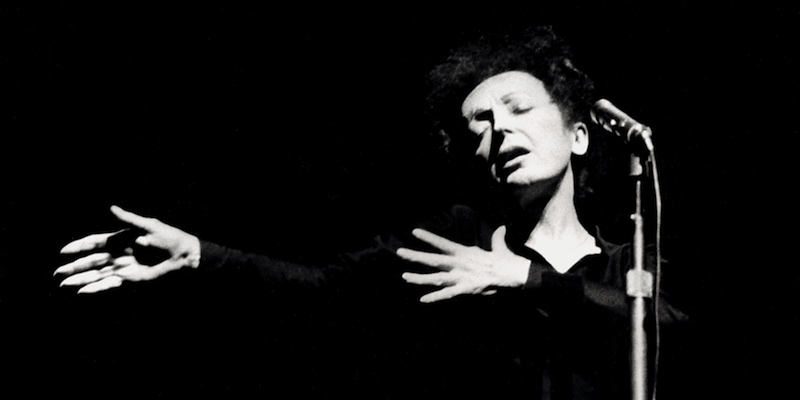
5. Everybody's Been Seen Here
Days after the Liberation of Paris in 1944, Edith Piaf performed at the Moulin Rouge. She introduced a new talent, Yves Montand, who performed with her. Over the years celebrities and VIPS like Liza Minelli, Tom Jones, and Frank Sinatra have gathered here. The biggest celebrity of them all, QE2 (that's Queen Elizabeth II to you), has attended the show. In November 1981, the Moulin Rouge closed for one evening to present a private viewing to Her Majesty.
6. A Star of Stage… and Screen
There have been at least a dozen films made about Moulin Rouge. The first, a silent film, was made in 1898. The most famous, the 2001 Moulin Rouge! starring Ewan McGregor and Nicole Kidman, has inspired a Broadway version, which premiered in 2018.
7. The Feather Maker
Since 1929, the famous feathers that adorn the dancer's costumes have been made at Maison Février, a family business based in Montmartre. The walls of the workshop are covered with ostrich and pheasant feathers. Untreated feathers from around the world are brushed, washed, boiled and dyed. Before being sent to Moulin Rouge, the treated feathers are tested to ensure they are light- and heat-resistant.
![]()
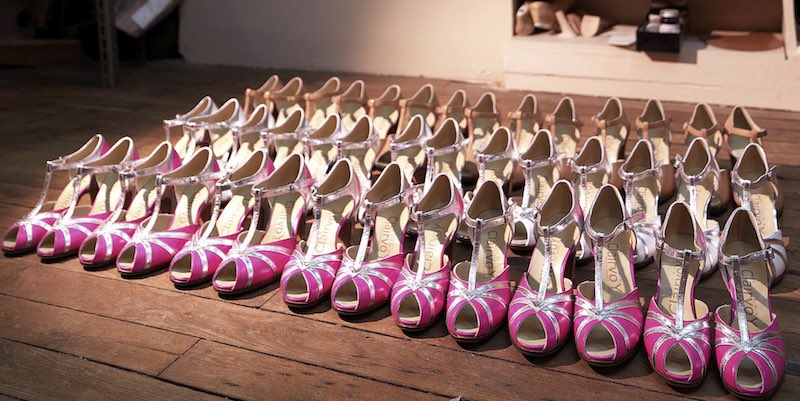
8. The Shoemaker
The dancer's shoes are also made by hand. Since 1945, Maison Clairvoy has been hand-making the shoes and boots for the Moulin Rouge performers. In 2006, the shoemaker was purchased by the Clerico family. But the change of ownership hasn't changed the craft. They still operate from the workshop where it all started, at 17 Rue Fontaine, just minutes away from the cabaret. On the walls of the shoemaking atelier are signed photos of past performers as well as a preserved cancan costume permanently on display. A well-worn piece of red carpet is where dancers test the shoes.
Nicolas Maistriaux, the head cobbler, oversees the complicated process necessary to make one pair of shoes. Five cobblers must follow about 250 steps in the production of each shoe. A pair of shoes takes between twenty and sixty hours of work to complete.
![]()
Find Hotel Deals for Your Dates in France
Check with Booking.com to find today's sale prices on hotel rooms in every village & city in France. Save 20% to 30%… or even more! |
Booking.Com France Hotel Deals |
Find Hotel Deals for Your Dates in France
Booking.Com France Hotel Deals |
9. Celebrating the Belle Époque
The theatre has a thousand Belle Époque touches, including innumerable tiny, red, firefly lights, authentic mural paintings, vintage Morris columns, and original posters of the artists who performed on this historic stage. In case you're wondering, Morris columns are those iconic green structures used to promote concerts, theatre, and nightclub shows. There are still something like two hundred Morris columns scattered around Paris.
10. Toulouse-Lautrec
French artist Henri de Toulouse-Lautrec (1864-1901) was in love with Montmartre. Lautrec suffered from a disease that stunted the growth of his legs. He immersed himself in art and found relief in the cafes of Montmartre. It was there he met his muse, Moulin Rouge dancer La Goulue. He attended the cabaret every evening, drawing the dancers and patrons from a corner table, always with a glass of absinthe at his side. He soon became a favorite of the cancan dancers, who gave him a nickname, the little guy. In 1891, he drew the first poster for the Moulin Rouge, and his are now the best known images of the cabaret.
Paris Planning Guides
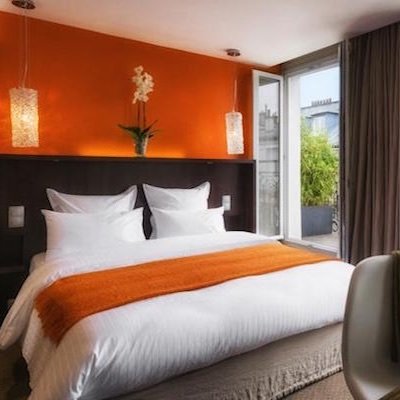 Boutique Hotels
Boutique Hotels |
 Glorious Dinner Cruises
Glorious Dinner Cruises |
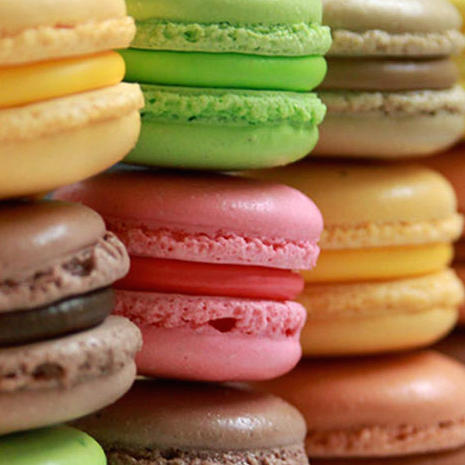 10 Food Experiences
10 Food Experiences |
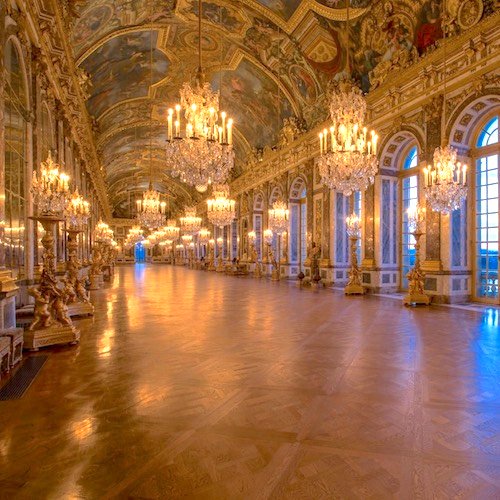 Visiting Versailles
Visiting Versailles |








